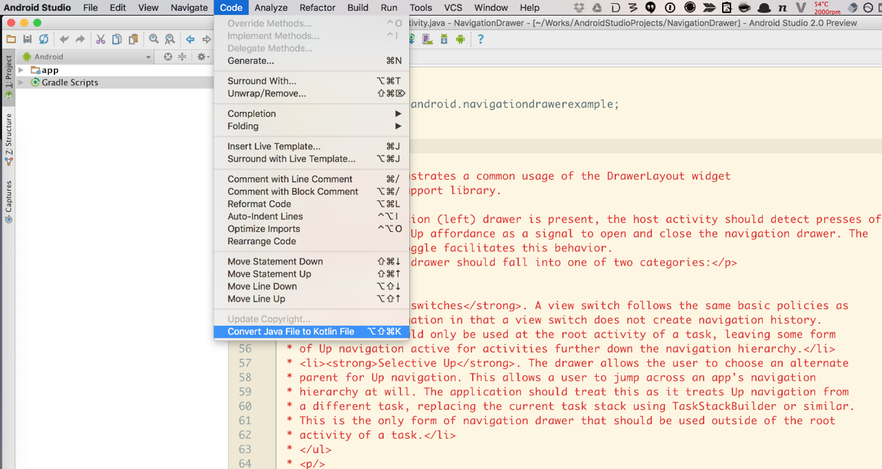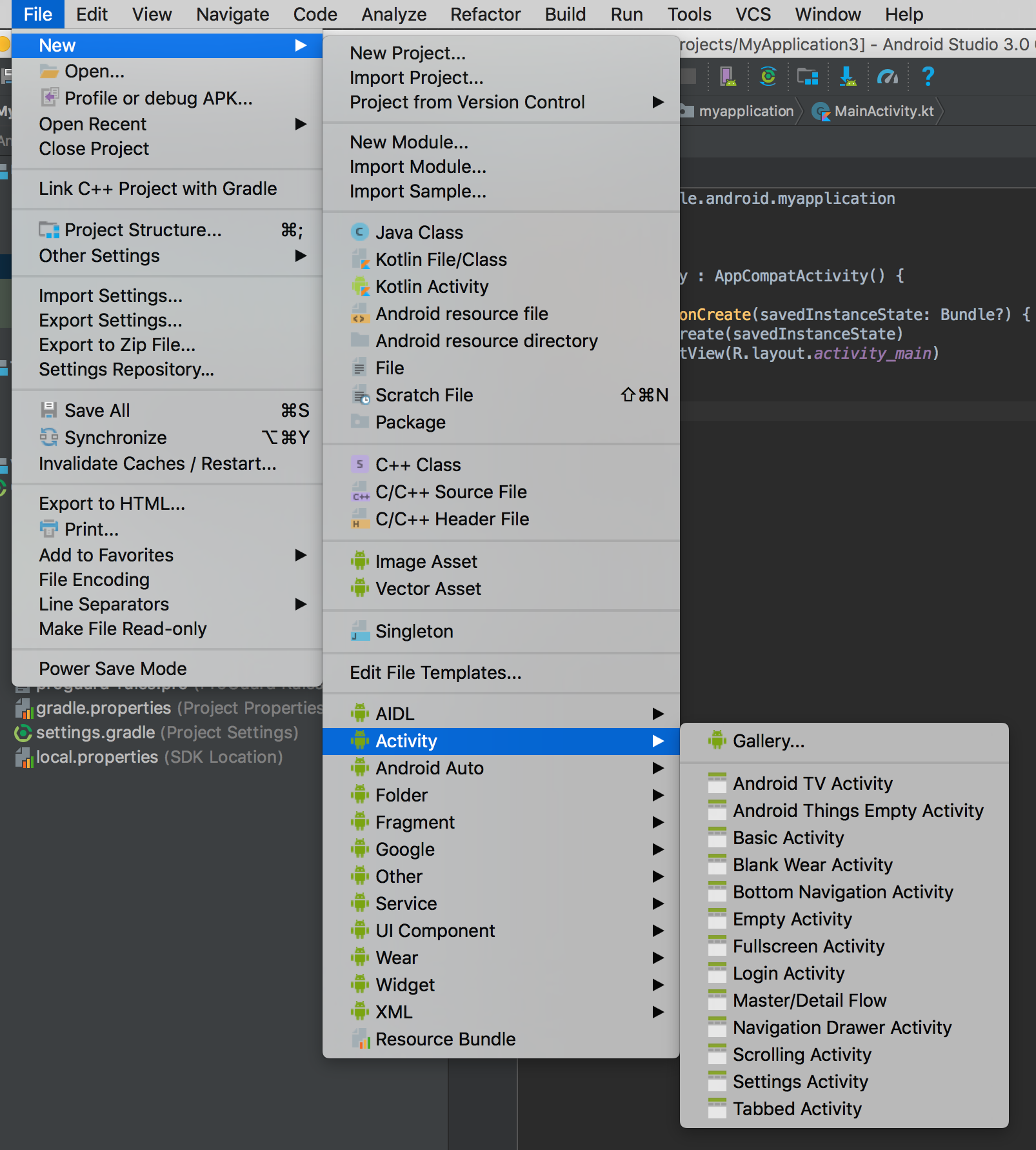

The instance is always the same in Swift, so that Object() = Object() is true. Kotlin object Object now has a constructor in Swift, and we use the Object() syntax to access the only instance of it. In Kotlin any object has only one instance. There are some small differences, though.

The Kotlin code is turned into very similar looking code in Swift. Let's create a tiny Kotlin library first and use it from an Objective-C program.Ĭreate the hello.kt file with the library contents:įun forIntegers(b: Byte, s: UShort, i: Int, l: ULong?) The best way to understand the techniques is to try it for ourselves. The created framework contains all declarations and binaries needed to use it with Objective-C and Swift. The Kotlin/Native compiler can produce a framework for macOS and iOS out of the Kotlin code. Use the framework from Objective-C and SwiftĬonfigure Xcode to use the framework for macOS and iOS In this tutorial, you will see how to use Kotlin/Native code from Objective-C and Swift applications on macOS and iOS.Ĭreate a Kotlin Library and compile it to a frameworkĮxamine the generated Objective-C and Swift API code There is also the Kotlin/Native as a Dynamic Library tutorial for more information. Besides that, Kotlin/Native has C Interop. Kotlin modules can be used in Swift/Objective-C code too. Objective-C frameworks and libraries can be used in Kotlin code. Kotlin/Native provides bi-directional interoperability with Objective-C/Swift. Kotlin/Native as an Apple framework – tutorial


 0 kommentar(er)
0 kommentar(er)
